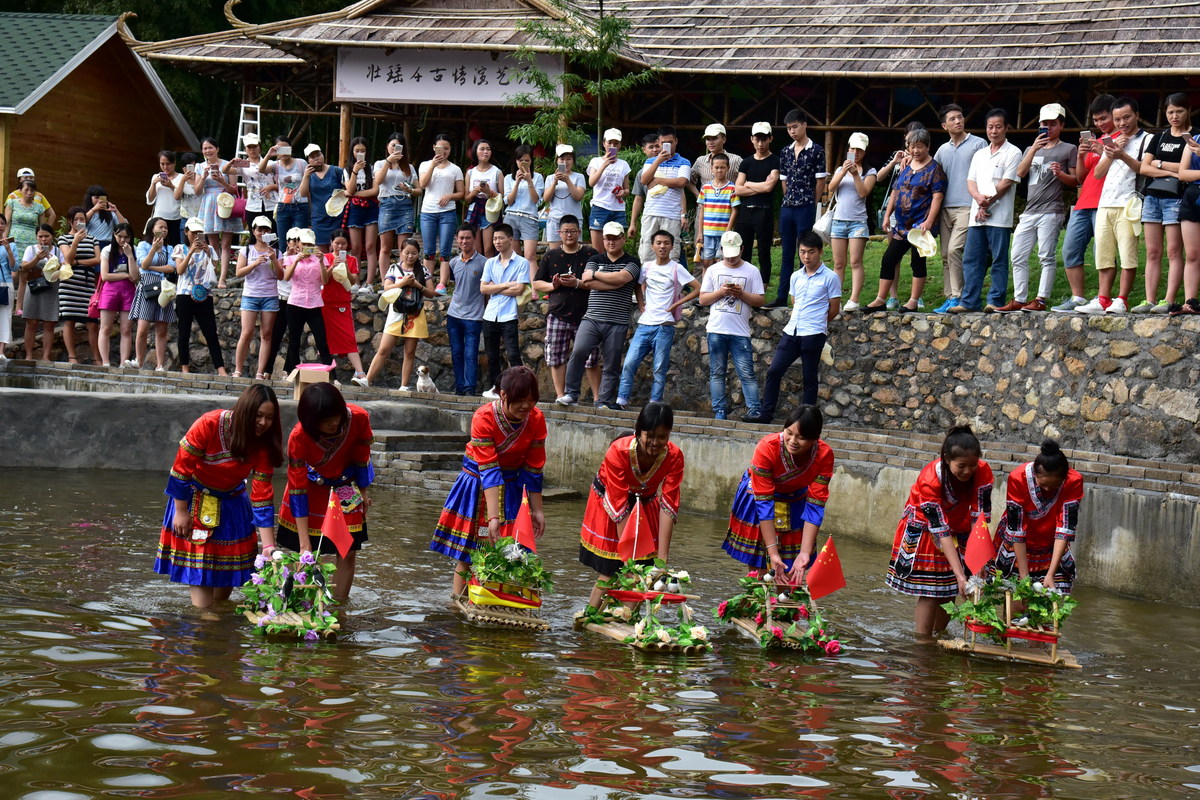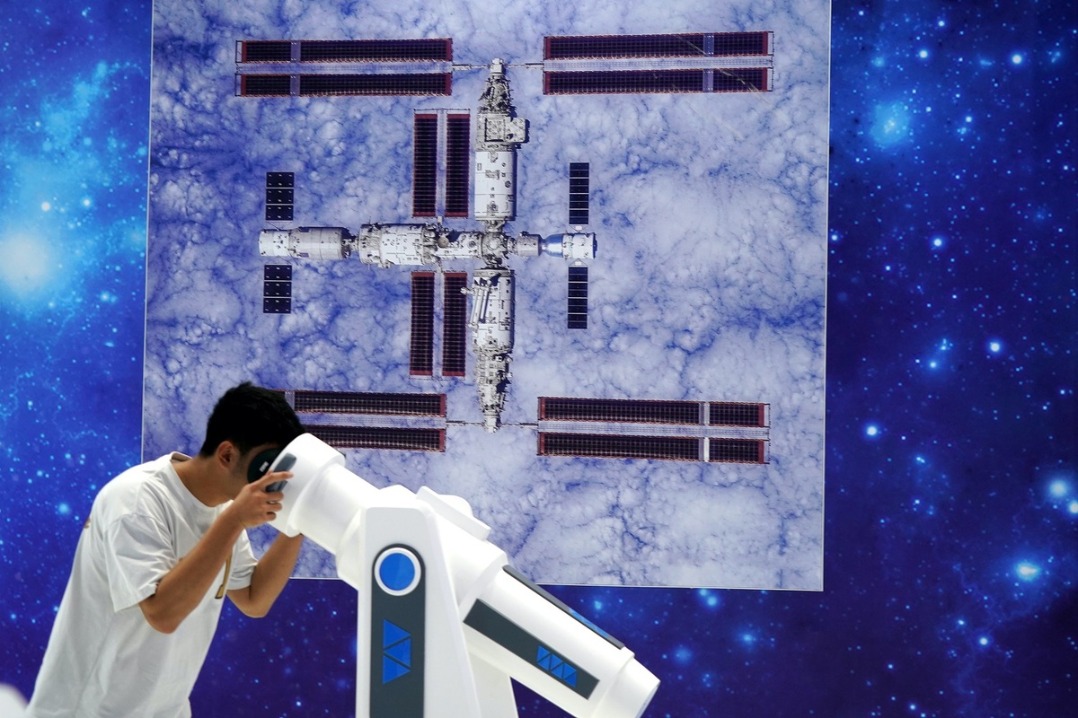Moon bathes festival in its glow


Mooncakes
The custom of giving mooncakes during the festival became popular in the Ming and Qing dynasties and persists today. Mooncake Festival is a more popular name for the holiday in some places in China.
Wang Xifu, 84, a master pastry maker, said in the Qing Dynasty, there was no distinction between what wealthy and ordinary people ate during Mid-Autumn Festival.
"Both the imperial and ordinary families ate mooncakes," he said. "For ordinary people, it was a festival to express their wishes, not to the moon but to Tu'er Ye (the rabbit god) or Chang'e whose legends are related to the moon."
Wang said eating mooncakes was a way to express yearning for absent loved ones and the hope for a better life.
Wang comes from a long line of cooks. His grandfather was a chef for the emperor in the Qing Dynasty, and his father, uncles and brothers have all worked at the most popular restaurants in Beijing.
Wang's father was a well-known chef at Zhimeizhai restaurant, which is famous for its pastries. Before each Mid-Autumn Festival, his father was so busy making Beijing-style mooncakes that Wang's brothers all went to the restaurant to help him.
According to Wang, there are two main types of Beijing mooncakes-zilaihong, brown skin, and zilaibai, white skin.
Made with sesame oil, brown-skin mooncakes have a hard crust made of rock sugar, walnut kernels, pumpkin seeds and candied tangerine peel slices. They are covered in syrup and baked to get a brown exterior.
They are used for worship and in religious ceremonies and can be given as gifts to friends and family, Wang said.
Zilaibai uses lard and white sugar in the dough which makes it soft and sweet and easy for young and old people to eat.
With its flaky exterior, and filled with pine nuts, chopped walnuts and pumpkin seeds, fanmao, or "furry", mooncake is another famous Beijing version of the treat. It was favored by the Empress Dowager Cixi (1835-1908) who gave it its name.
Wang said an authentic furry mooncake weighs 250 grams, and the crust should be so soft that it melts in the mouth without leaving any crumbs.
Mooncakes used in ceremonies and rituals were abundant on special occasions in the past.
"A rich family would have a pastry table piled almost to the ceiling with different kinds of desserts, including different varieties of mooncake," Wang said.
"On the second day of a ceremony, the remaining pastry would be distributed to the children. But you could't sneak up and grab a piece as they were packed so tightly the pile would collapse."
























